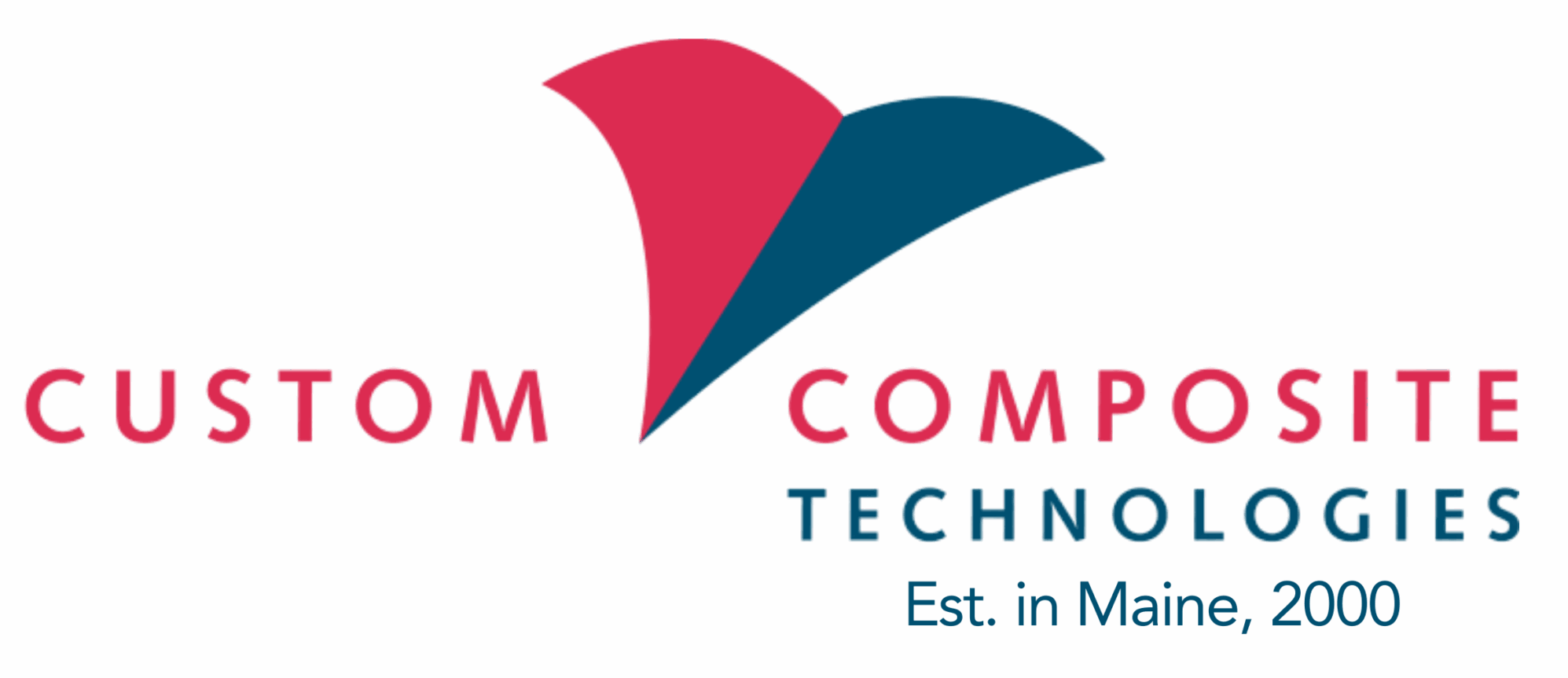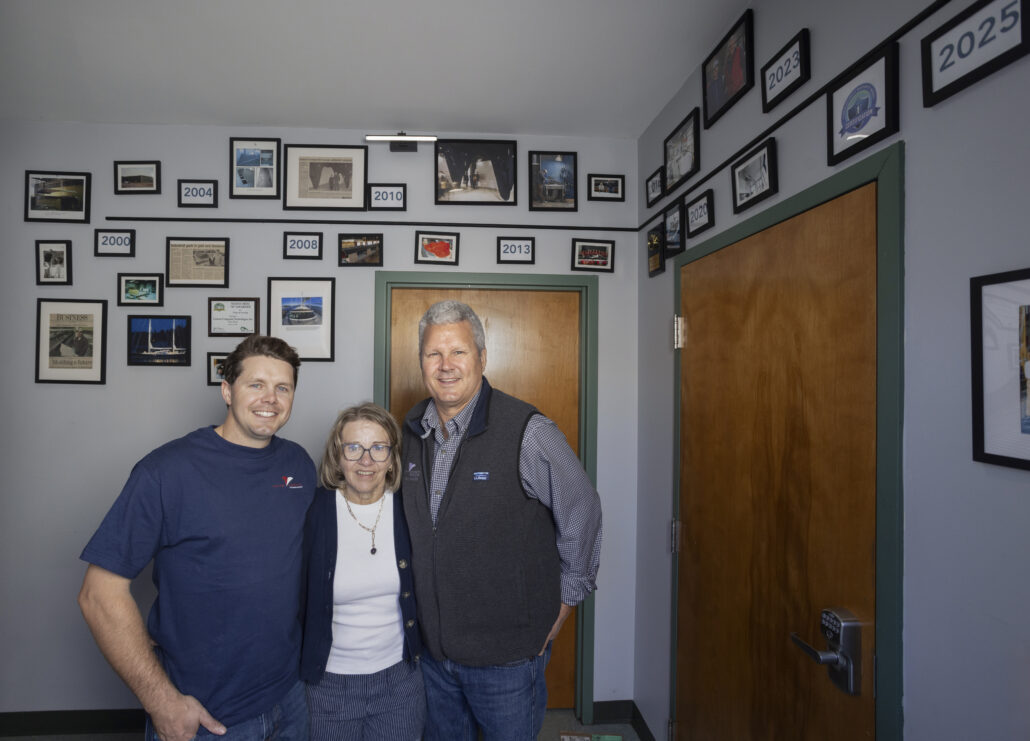The pace of technology is fast – and over the 25 years that CCTI has operated, we’ve seen and worked through plenty of change and new ways of doing things, thanks to advancements in tech. Founders Steve and Maureen Hassett sat for an interview on the most memorable changes they’ve seen in composites – check out what they have to say below.
“When CCTI first opened its doors, most drawings arrived by mail and projects were scoped from paper prints. Now everything is 3D modeled,” Maureen reflected. “We can meet virtually, run simulations, and CNC machines carve molds with precision that used to take weeks by hand.”
“Materials have evolved. Carbon fiber and fiberglass remain industry staples, but their applications have expanded.” Steve pointed out that composites are now a viable solution for replacing steel or aluminum, thanks to their strength and durability. Steve also spoke about the move to machines for cutting and 3D printing. “Where everything used to be hand-cut, we now have ply cutters and machines to speed up the process and make different projects more repeatable, if necessary. We still obviously do a lot of custom work, but the machines definitely make things more efficient, and in a lot of ways safer for the team.”
Maureen: Other shifts we’ve seen also focus on sustainability. Industry conversations now highlight bio-based resins, the elimination of styrene, and designing with recycling in mind. “We were early adopters of vacuum infusion, so our shop has always been cleaner than older methods and we’ve seen growing interest from customers and our peers in the industry about sustainability and the circular economy.
From America’s Cup projects to experimental electric hydrofoiling boats, CCTI has seen composites move from niche to mainstream — an evolution that continues to shape how we build, move, and live.

